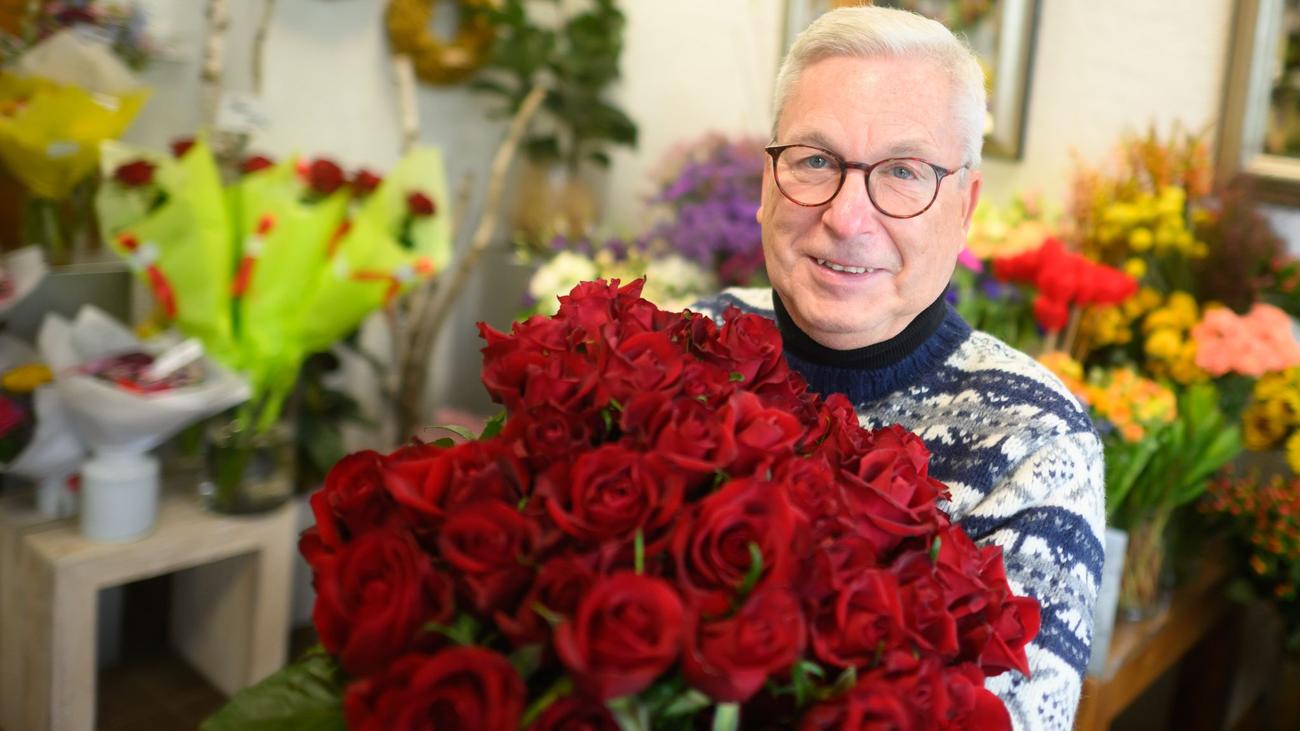
Valentine’s Day: A Booming Bonanza for Florists in Lower Saxony
Introduction:
Valentine’s Day, once primarily associated with romantic gestures from men towards women, has witnessed a significant transformation in recent years, gaining increasing prominence in Lower Saxony’s flower shops. Notably, young men are emerging as enthusiastic customers, eager to express their affection with vibrant bouquets of red roses or a cheerful assortment of spring flowers.
Youthful Enthusiasm and Changing Demographics:
According to Bernhard Kahlandt, Chairman of the Hannover District in the German Florists’ Association, the under-30 crowd constitutes approximately half of Valentine’s Day patrons. Additionally, 30% of customers fall within the 30-60 age range, while individuals over 60 account for the remaining 20%. This demographic shift reflects a growing appreciation for the holiday’s sentiment among younger generations.
Evolution of Gift-Giving Practices:
Traditionally, Valentine’s Day served as an occasion for men to shower their significant others with floral tributes. However, Kahlandt emphasizes that the day’s purpose has expanded beyond romantic relationships. Flowers are now presented to cherished friends, esteemed colleagues, and individuals who hold special significance in one’s life.
Sustainability and Regional Focus:
Contemporary consumers are increasingly mindful of their purchases, placing a premium on regional products and sustainable practices. Extravagant plastic hearts and excessive wrapping have fallen out of favor, as customers opt for more environmentally conscious alternatives.
Financial Significance and Competition:
During the week leading up to February 14th, Germans invest twice as much in cut flowers as during any other ordinary period, according to the industry association. For florists like Kahlandt, Valentine’s Day ranks among their most lucrative sales days, second only to Mother’s Day.
Industry Landscape in Lower Saxony:
The state of Lower Saxony and the city of Bremen boast a robust floristry industry, with approximately 1,100 specialized shops and a workforce of 4,900 skilled professionals as of 2021. The average number of employees per establishment ranges from one to three. Nationally, the flower and plant sector generates a colossal turnover of approximately 8.8 billion euros (2023 data).
Floral Choices and Market Trends:
According to the agricultural market information company AMI, roses command an impressive 38% share of the cut flower market, followed by versatile tulips. During Valentine’s Day, the global demand for roses can lead to slightly elevated wholesale prices. Consequently, florists suggest exploring alternative blooms such as tulips, hyacinths, daffodils, and other early bloomers.
Future Prospects:
The floristry industry in Lower Saxony continues to adapt to evolving consumer preferences and market trends. By embracing sustainability, catering to diverse demographics, and offering a range of floral options, florists can solidify their role as purveyors of joy and expression on Valentine’s Day and beyond.
